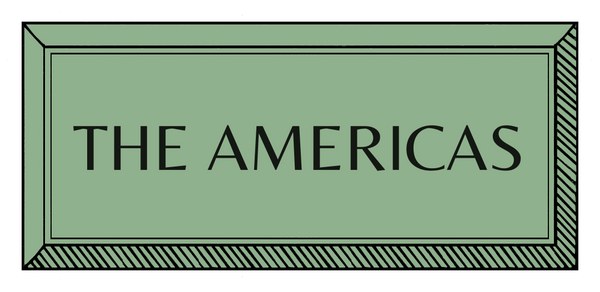MAKERS | THE AMERICAS | MEXICO | WAX
José Hernández Alávez, Casa Viviana | Candle Makers

He’s the son of Viviana Alávez, matriarch of Casa Viviana, a family workshop in Oaxaca, Mexico, that has renewed the ceremonial candles in beeswax tradition and, by doing so, has kept its legacy and usage alive. José is the eldest son: he learnt everything from Viviana, and also helped to break the moulds. Into their elaborate, delicate and sculptural flower candles, this family has poured years of creativity, craft and resourcefulness.
Images courtesy @ Julie Ansieau
How did you begin?
Our craft has been passed from generation to generation. It started with my great-great grandfather, Matías Hipólito, and then continued with my great grandmother, María Pablo Hipólito. Because my mother, Viviana Alávez, lost her parents at a very young age, it was her maternal grandmother, María Pablo, that raised her. There was no possibility of sending her to school, so they taught her this craft of traditional candle making: she made her first candle before she was ten years old. In our town of Teotitlán del Valle, in Oaxaca, the art of tapestry is more common, and I started as a weaver. However, I always helped my mother in her workshop. When I got married and started a family, I decided to go into glass candle making, because I didn’t want to compete with my mother. But she had so much work, and I realized that if we worked together, we could handle even more work. That’s when I joined Casa Viviana: my brother and I are the fourth generation of candle makers in the family; my children and nephews are the fifth generation, and we keep going.
How did you learn?
My mother knew the traditional technique, she grew up with it and so did we. Historically, candle makers didn’t get paid for their candles because it was a service to the community. You didn’t sell the candles: you gave them for free to the church, but by the mid-seventies, after my father died, my mother needed to provide for her family and started looking for a market outside of Teotitlán. The community didn’t like this and prevented her from using the traditional moulds. So, she created new ones –with different shapes– using clay and wood. We changed the style and made them more sculptural. During the years, Casa Viviana has collaborated with projects, such as Objetos Transversos, that put together designers and traditional artists in order to explore colors, shapes and possibilities. We have evolved our techniques by trial and error: for example, we use a soldering iron and a welding torch now, to melt and leak the wax. We keep pushing to achieve new pieces.
Images courtesy @ Julie Ansieau
How do you plan, prepare and create?
We receive wax blocks from the neighboring state of Chiapas. We have to purify the wax, so we melt it and pour water and lemon, which makes the dirt go down to the bottom. We solidify it and scrape the dirt with a knife. We let it dry under the sun, then we cut it, melt it and extract thin slabs that are laid down in bushes so they can start whitening. When the wax is white, we repeat the cleaning, and then cut portions. This is when we start painting the wax. We try to use as much natural pigment as possible. When colored, we clean it one more time before the wax is ready to be shaped into petals.
Who or what most influences your work?
Some of our inspiration comes from nature, from the flowers we see. Most of it comes from the wishes of our customers: many times, a specific order is placed, with a client’s idea that we have to transform into candles. When we like one of these designs, we keep it for our catalogue and try to improve it every day.
What are the best and worst things about being a craftsperson?
The most beautiful thing is to be able to create, which is challenging, but so satisfying when people appreciate what you do. We love it when people come to visit and want to know more about what we do, when they want to chat. The worst aspect may have been the lack of support from the local crafts community: there is some rivalry, I must say. It’s sad and prejudicial, like price fighting, because it leads to artisanal work not being valued.
What does a typical day look like?
Our workshop is located in the entrance of Teotitlán del Valle. During the high season, from August to December, there can be 20 of us there; the rest of the year we are about 10. Most of us are family, close or distant members, which makes for a very warm and trusting work dynamic. It’s such a beautiful way of working, talking and living together. People work from 8am to 6pm, but when needed, three or four of us have to work until late in the night – usually I’m one of them. My mother, Viviana, who is 76, still makes candles: she’s tireless! I believe she’s moved by her love for the candles more than the need to work.
One last thing... Your master or muse?
Viviana Alávez. She didn’t invent candle design in Oaxaca, but she revolutionized the craft. I think an artist is born with a sensitivity, but my mother also had a tough character that taught us to be strong. A crafter can be very sentimental, creating when happy or sad. In our case, my mother’s suffering was a lesson because we saw her overcome all the obstacles that life presented. That’s why we are relentless.

Interview by Rebeca Vaisman
Images from Casa Viviana and Julie Ansiau


















































